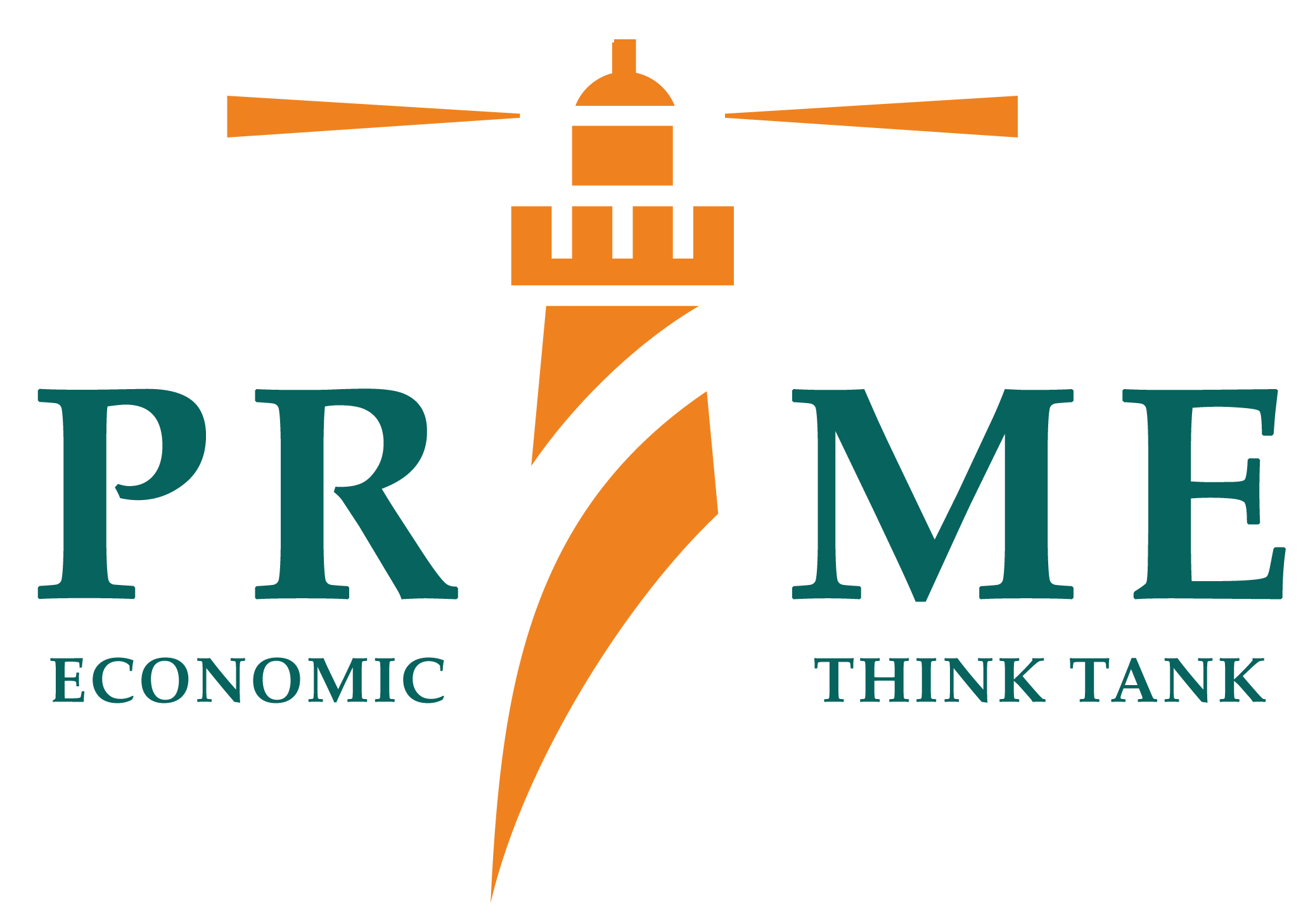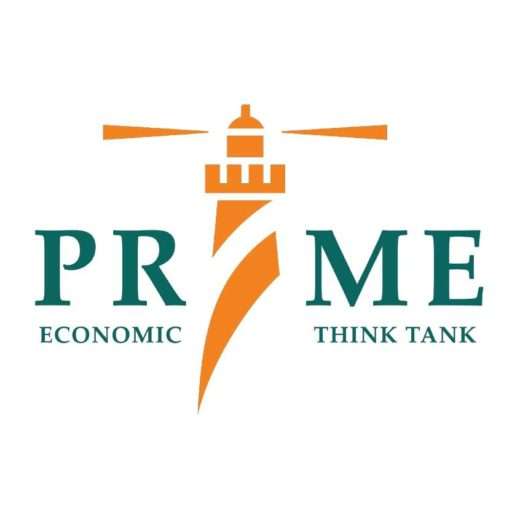Setting the Scene
Setting the Scene
SMEs in Pakistan are widely reported to represent 30 percent of national GDP, 25 percent of exports of manufactured goods, and 35 percent of manufacturing value added. Other estimates put the number of SMEs contribution to exports at 70 percent. The reality is that these estimates are outdated and unreliable, based on an economic census conducted thirteen years ago, a time frame during which Pakistan’s economy has changed significantly.
Regardless of whether they contribute 25, 30 or 70 percent to exports, however, all randomly selected respondents of our survey reported a variety of internal and external barriers to exports. The respondents of our survey were mostly from the textile sector (27%). The rest reported exporting surgical and medical goods (9%); sports goods (9%); chemicals such as soaps, detergents and salts (14%); jewellery and handicrafts (18%); and the rest can be clubbed as ‘miscellaneous’ with one respondent each reporting beverages, carpets, furniture, grass and cutlery.
To the extent of textile, this follows the sector-wise share of SMEs in Pakistan, where textile is estimated to hold a share of 22 percent. However, other major SME sectors such as carpets (24% share in total SMEs) do not enjoy similar share in exports with carpet exports halved in the decade ending FY14.
Majority of the exports by our respondents are shipped to North American and European markets (41%) of total. This is less than the trend in total Pakistani exports (of which more than 50% is for these markets) but suffice to say that Pakistan’s SME and non-SMEs, both are mostly dependent on North America and Europe markets. About 14 percent each of the respondents said they were exporting to the Middle East and South Asia, including India. This echoes earlier findings that Pakistan-India trade is mostly led by SMEs rather than big corporates[1].
However, not surprisingly, majority of the respondents (68%) said “they were not aware of the WTO agreements”. Those responded “yes” (32%) could not provide details despite probing. The most common answer among those who responded “yes” was to the affect of “we know about GATT, which aims to liberalise trade by reducing taxes & quotas”. This mirrors findings from previous study when we found that “there is hardly any awareness amongst exporters of the WTO Agreement on Technical Barriers to Trade (TBT) or any knowledge of the working of the WTO TBT Committee[2]”.
While all respondents flagged a host of barriers to exports (details of which in the ensuing section), 84 percent of the respondents said they have never raised an issue related to export barriers to the government because of their likely lack of response. The respondent from Mohsin Surgical Industries put it more categorically. He said, “we have never raised any issue regarding export barriers to the government because we know that they will not do anything about it”


